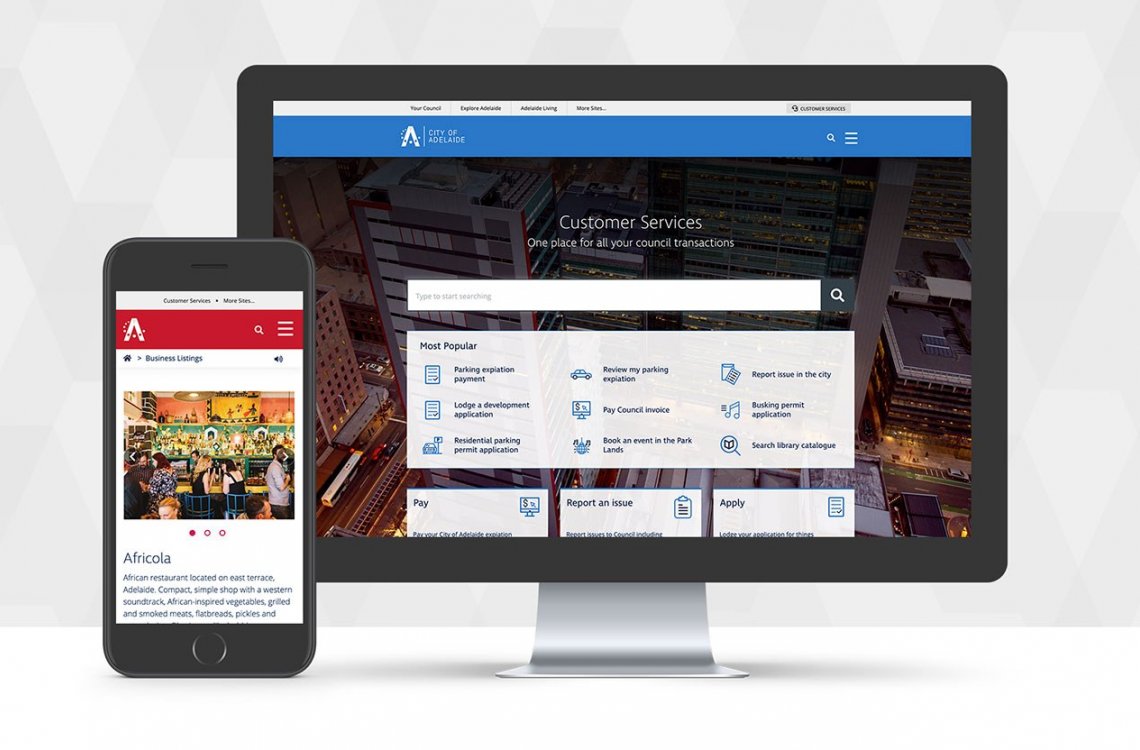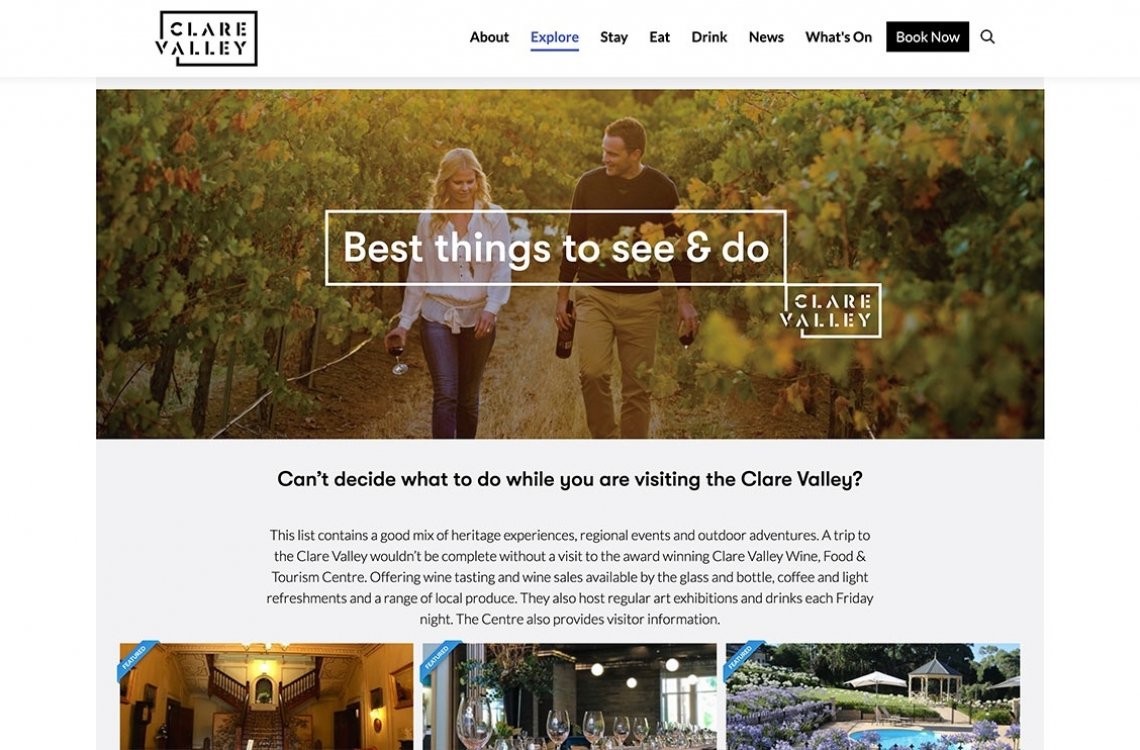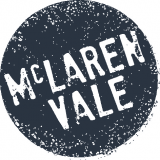Web Design Adelaide
Some examples of our work recently completed by our web designers
The support your business needs
Our experienced team of web designers can help you plan, design, build and market your new website.
Websites that deliver results
Get the results you're after. A website which is visually impressive, easy to use and ranks well in Google.
Web Design Adelaide
Recent websites we've completed
City of Adelaide
The City of Adelaide website is a multi-site responsive website which has been designed to deliver a different level of experience for it's diverse target markets.
Clare Valley
The new Clare Valley website design both improved the overall website for users and integrated their new branding for the region.
Presenting Beautiful Homes
A clean and elegant website that showcases their property styling services.
UPark
The UPark website was redesigned by our designers from the ground up. After we launched the new website; bookings doubled.
McLaren Vale
A tourism and member website for McLaren Vale. Including interactive map, event calendar, members area and more.
Dr Alkis Psaltis
Professor Psaltis is considered an Australian and world expert in primary and revision endoscopic sinus surgery.
More Website Design Projects
A few more examples of our web designers work
We Can Do This
Website design questions
Whilst some websites can be done for as little as $1,000 (plus GST), most of the work you'll see in our showcase ranges between $5,000 - $20,000.
Some key factors that determine the cost of a website design project are:
1. The complexity of the project
2. The complexity requirements of the design
3. The size of the project
4. The amount of time required to build and test your website
As these factors can vary greatly from one website to another, it's always best to contact us for a quote.
In a handful of cases, we've built full websites in five working days but generally speaking, most projects require around three months.
Below is an example schedule which works well for a lot of websites we design:
- 2 weeks for project scoping
- 4 - 6 weeks for design, review and approval
- 4 - 6 weeks for the build
- 2 weeks for pre-launch review and testing
Whilst this can be a good indicator of a typical website, each project will have it's own time frame.
If you're after further information, please see our website design process page.
The security needs for every website can vary depending upon the data you're collecting and the technology you are using.
As a rule, all of our websites use SSL Certificates (HTTPS) to ensure communication between your website and it's visitors is encrypted.
We also recommend CMS software and hosting solutions which have good reputations for security.
As working with your website will require us to hold certain security details, anything that we do have to retain about your website (passwords, SSH keys, etc) will be stored in an encrypted file and given limited access control.
For further information about website security and our experience in this area, please see our website development page.
All of our websites are built using SEO best practices. This means that once your new website is launched, Google will be able to easily understand everything you have published and rank your site into a competitive position.
Further to this, as our company has a team of SEO experts who consult on all our projects, we provide our clients with additional advice throughout the web design process to help them make decisions which won't negatively affect their rankings.
Whilst this means a lot of our websites do end up on page one of Google, if you are trying to compete for keywords which are in high demand, it's likely you'll be trying to beat websites which use SEO experts on a monthly basis to prevent you from ranking above them.
For cases like this, we encourage you to consider discussing an SEO plan with us. This can be a very cost effective way of giving your website strong on-going exposure and bring in a lot of new leads.
As a general rule, all of our website development and SEO work is all done locally in our Adelaide design studio.
The only exception tends to be for websites with highly specialised needs e.g. specialist integration systems.
In scenarios like this, we will always discuss with you the reasons for engaging a specialist and outline exactly what their role will be within the scope of the web design project.
Beyond this, all other work is done by our team in Adelaide.
Unlike other agencies who try to sell their services Australia wide, it's long been our preference to work locally with other Adelaide businesses and organisations.
This doesn't mean we don't work with instate companies from cities like Sydney or Melbourne. We're always happy to take on clients based interstate or overseas provided we feel that the nature of the web project is well suited to working remotely.
Despite this, we will tend to preference new web design work from locally based Adelaide businesses purely because we feel it allows us to have a stronger working relationship with our client and communicate with them more effectively.
Our Design Process
The process followed by our web designers
As every project our web designers work on is unique, the process we use can be quite varied. However, generally speaking there are certain phases which most of our projects use.
How we approach a web design
1. Brief / Project Scoping
Establishing the needs of the web design project, it's costs, optional extra, licensing, terms and delivery schedule.
2. Website Design
Mocking up the primary web design screens and establishing how the interface will deliver on it's requirements.
3. Server & CMS Setup
Configuring your web server(s) and deploying your CMS software on this platform and then providing introductory training.
4. Website Development
Coding up your web design, integrating the content and delivering functional requirements as defined in the scope.
5. Review, Testing & Launch
Conduct a full review process, test the site for technical issues and position the website for launch online.
6. Promotion & Support
Review the site's performance, identify opportunities for improvements and provide avenues for support requests.

















